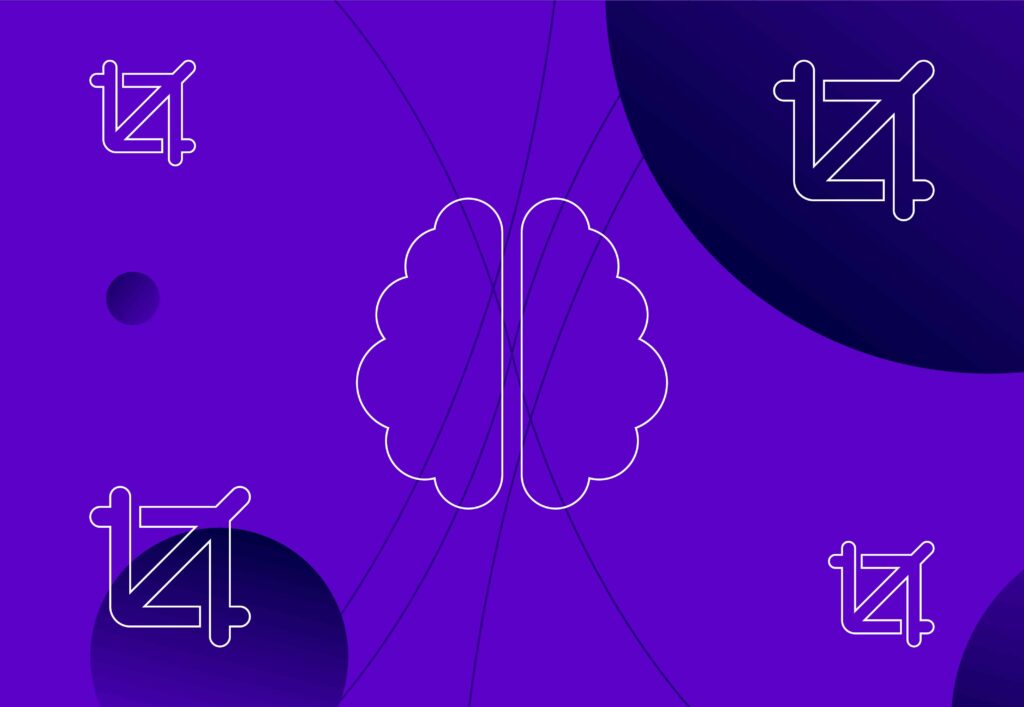
The Basics of Coding, Explained

Have you ever felt that confused about coding? That there was this group of people who knew all these secret handshakes and code words to make software do what they wanted? While software engineering may seem complex and almost magical when you’re not in the know, once you familiarise yourself with some of the basics, you’ll realise coding is less mysterious and complicated.
Software Engineers Use Coding to Tell a Computer What They Want It to Do
A software engineer’s job is to write programs that tell computers what they want them to do. They use coding languages like C++, Python, Java, and many more to write clear instructions for machines. These instructions cover everything you can imagine, from the websites you browse to so-called backend code, which does the heavy lifting behind the scenes by connecting servers, databases, and apps.
Programming languages vary in complexity from high-level languages like Python and C++ (which are easier to learn) to assembly (harder). Some programming languages are used for making desktop software, while others, like JavaScript, make web apps.
You might be thinking: “I can already tell my computer what I want it to do; I just press a button!” But programming is more than just pressing buttons on a keyboard and clicking icons on a screen – it’s about creating new things that don’t exist in the world yet.
You Need to Understand Coding Logic before You Can Start Using a Language or Framework
Coding is a language that you need to learn like any other. Most people think that coding is just memorising syntax, but it involves much more than that.
This is where we begin to understand how logic works within code. You may have heard of “if statements” or “for loops.” These are called control structures because they control the flow of execution through a program. Each programming language has its own set of control structures that allow us to do things like repeat tasks or make decisions in our code based on certain conditions being met (or not).
What Are Variables, Data Structures, and Syntax?
Variables and data structures are two of the building blocks of programming.
A variable is a special kind of placeholder for a value, which you can use to store information like numbers, strings (words and letters), objects (instead of writing out an object every time you need it), or hashtags (#iamfree).
You’ll want to use variables in your code because they allow you to change what that value is later on easily. If you want the number 3 instead of 1 at one point in your program, then it’s easy peasy with just one line of code.
Data structures are containers for storing values – they allow us as programmers to organise information in different ways depending on what we need. For example, arrays let us store multiple pieces of information at once using indexes; dictionaries allow us to map keys onto values; strings are sequences (or lists) where each item contains another sequence; sets let us store unique items without duplicates…and so on!
HTML Is Used for Making Web Pages
HTML is a markup language. It’s also a structured, semantic and declarative language. You might be wondering: What does that mean?
A markup language is how you tell a computer what content should look like on your website.
A structured language uses labels to identify different elements within the code. In HTML, these labels are called tags—they describe what type of content each part of the page contains (e.g., images or text). Tags can also be used to structure your page into sections so that it’s easier for users to find things they care about when they visit your site (like using headings at the top of every page).
A semantic web page describes exactly what its content is without needing additional descriptions from third parties (like advertising companies). This could include information such as “this blog post talks about how to use coding languages” or “this blog post has an image attached.” Structured means “arranged logically into distinct parts.” Structured languages allow programmers like yourself to easily organise code into manageable chunks that make sense when read together later down the line!
CSS Is Used for Styling Web Pages
CSS stands for Cascading Style Sheets. It’s used to style web pages by applying CSS rules to HTML elements. These rules are defined using selectors, properties, values and units.
Here’s a simple example of CSS code:
h3 { color: green; }
This rule tells the browser, “I want all elements (which represent headers) to be green”.
Javascript Is Used for Frontend and Backend Development
Frontend development is the creation of the user interface of a web application. The code you see when you open up your browser and navigate a website is all front-end code. This includes HTML, CSS, and JavaScript (the latter two are often written in tandem). Back-end developers create logic: the stuff that makes sure your shopping cart has items in it, updates your username when you sign in, allows you to search for things on Amazon without having to type anything out manually, etc. Backend development tends to be more complicated than frontend because it involves creating databases, APIs, servers and other things that help keep track of information online.
You can code in a lot of different ways. You can use CSS, HTML, and JavaScript to make websites, apps, games, and software. You can use Python or Ruby to create programs that run on computers. You can even use C++ or Java to build devices like robots.
But why would you want to learn how? The answer is simple: coding is one of the most useful skills in today’s world. Find out more about coding and whether it could be the right career for you by checking out the Northcoders coding boot camp page. Or, if you’d rather leave it in the hands of the experts, Embryo’s digital marketing service offering also includes Web Design and Web Development that will help your business grow.
About the Author
Beatrix Matyas is currently in the second year of her role as Marketing Manager at Northcoders, an independent provider of software training and commercial software solutions.



